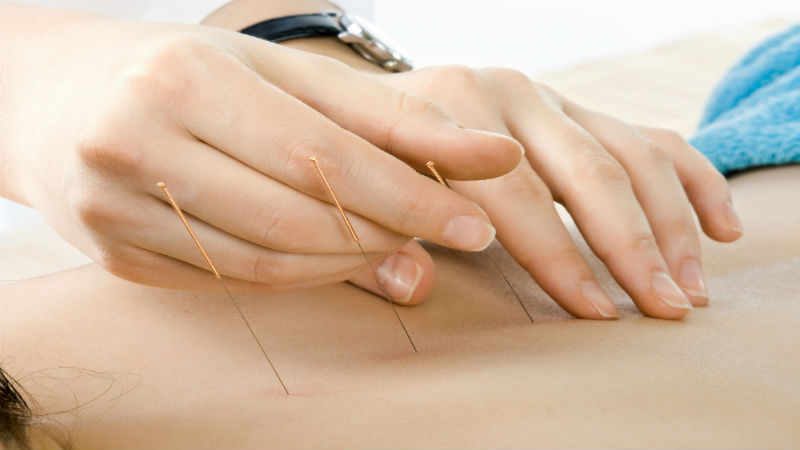Optimal circulation is essential for postoperative healing after an orthopedic surgical procedure. If you have certain medical conditions such as peripheral vascular disease, diabetes, or autoimmune disorders, let your orthopedic surgeon in Rockwall, TX, know. Here are some signs and symptoms of poor circulation that your physician will look for during your postoperative appointments.
Temperature and Color Changes
Your orthopedic surgeon will examine the areas around your surgical site during your post-op appointment to determine if it feels cooler than other areas of your body. If so, he or she may determine that you have circulation problems. Color changes around the surgical site may also indicate poor circulation. If the skin surrounding your surgical area appears blue or white, you may not have optimal blood flow, which may raise your risk for impaired healing.
Wound Infection Signs
Impaired circulation may also heighten your risk for a postsurgical infection. Your orthopedic surgeon in Rockwall, TX, will check your incision for purulent drainage, inflammation, and increased bleeding. If found, he or she may take a culture of the incision to determine if an infection is present.
The culture will reveal the type of bacteria that is responsible for your infection so that your surgeon can prescribe the appropriate antibiotic. Your infection will resolve after antibiotic therapy, however, it important that you complete the entire prescription. Do not stop taking your antibiotics without telling your doctor. If you experience side effects, your surgeon can prescribe a different antibiotic.
To talk to an orthopedic surgeon, call Lake Pointe Orthopaedics and Sports Medicine or stop by the website at https://lportho.com.


